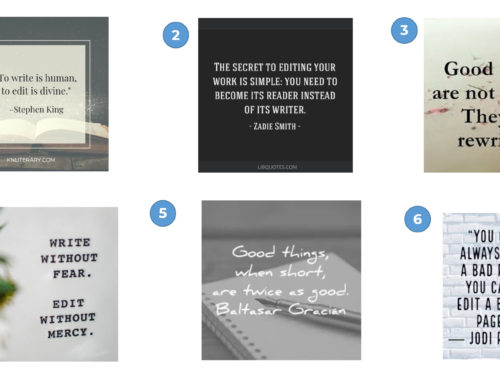Here’s how to ask, train, support, and reward the front-line folks who have the
greatest access to 5-star stories!
Join me to learn How to Jumpstart Your Story-Gathering Team
Thursday, June 30, 1-2PM Eastern
Stories are one of the easiest (and one of the most useful) types of insights your team can gather. And, when you have compelling stories—about beneficiaries, donors, or volunteers, or other players—to share in your campaigns, thanks, and other content, you have a short cut to engaging hearts, minds, and wallets.
Your Challenge: As a Communicator or Fundraiser, You Can’t Get the Best Stories
A recent survey by the Meyer Foundation uncovered a damaging disconnect in the ways in which organizations collect stories. Almost universally, organizations rely on program staff knowledge and relationships to gather stories, though the department overseeing the storytelling process is split between fundraising/development (54%) and marketing/communications (42%).
So we’re not the ones who have access to the best stories, but we have the greatest, and most immediate, need for them.
Take these 3 Steps to Build a Satisfied, Productive Story Collection Team
1) Ask, (Don’t ASS-u-me), and Show WIIFM
Assuming colleagues will do what you say is the quickest path to failure (and unpopularity).
- Ask for help
- Show them great stories integrated into successful campaigns, whether from your organization or another nonprofit, so they get the value of great stories
- Explain how their position on the front lines of your organization (that’s where you want to start), —as program staff or public-facing representatives such as receptionist, accounting, customer service, registration staff—gives them the unique opportunity to spot and gather the best stories
- Emphasize the WIIFM (what’s in it for them). That could be any or all of the following opportunities:
- Build their professional skills
- Refresh their interest in their work
- Do a better, and even more satisfying job
- Add to organizational sustainability.
2) Tell them what you’re looking for, as specifically as possible
Make it easy for your people to know when there’s a good story in sight. Tell them:
- How some of your most effective stories were discovered, developed, and used, to what result
- If you don’t—perhaps you’re looking for early stories from a newish program or have never used stories much at all—simply sketch out “like this” prototypes for your story collectors.
- What kinds of stories that will be the greatest help in meeting your goals based on your editorial calendar.
- The specific campaigns, programs, services or issues you’re focusing on right now. For example, if your organizational goal this year is growing the capacity of your residential programs for young adults with autism, you’ll want success stories from families and young adults currently in the program. Ideally, those stories will illustrate what’s unique and valuable about your organization’s program, and highlight why donors should fund your organization.
3) Share what works, and what doesn’t, with support as needed and a huge thanks
Keep story gathering—which may be top of the list for you, but won’t be for these story gatherers—top of mind by starting all-staff or team meetings with a story at least once a month. Build discussion around a couple of these stories that have the greatest potential to add to results, and show why.
When a story has a role in a win, share the news and your thanks loudly, clearly, and repeatedly. Share with your story gatherers why this particular story worked so well, and provide guidance on how they can spot more of them!
1, 2, and 3 steps to game-changing stories. Give it a try!
Join me to learn How to Jumpstart Your Story-Gathering Team
Thursday, June 30, 1-2PM Eastern







